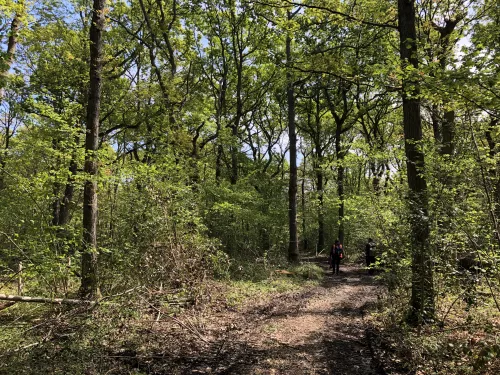
The Blean Wildscape
The Blean Wildscape is our vision for an iconic landscape, where wilderness can be experienced, and nature is at the heart of healthy communities with a thriving green economy.
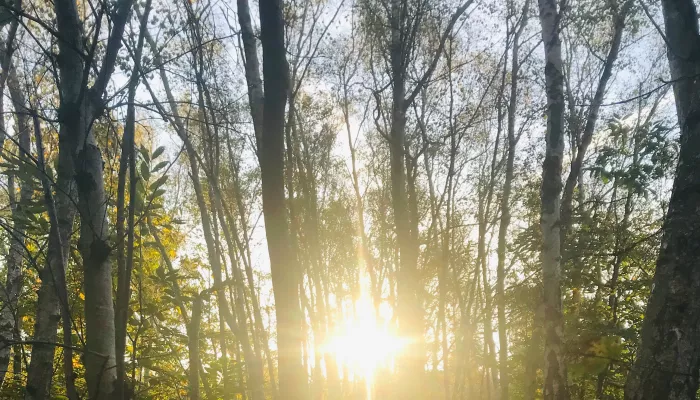
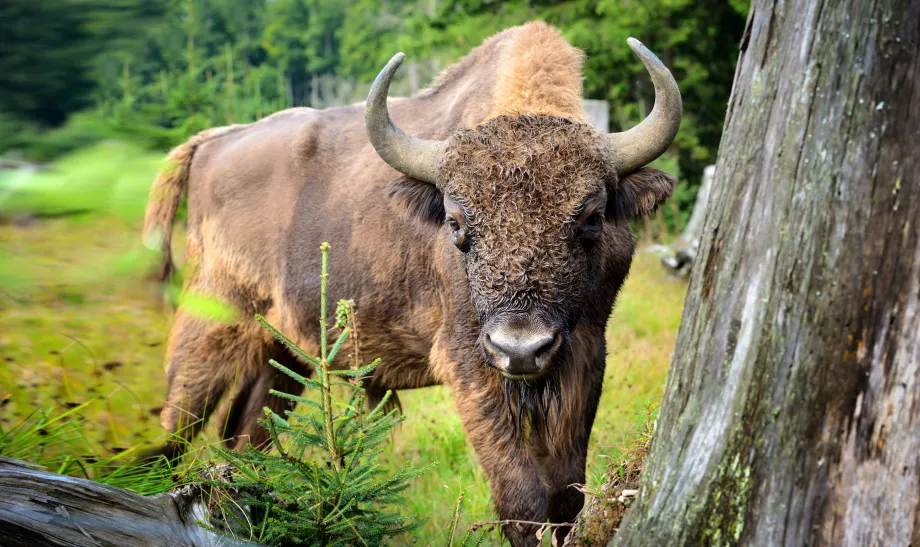
The new herd of cattle in this woodland will graze on the woody twigs of trees and scrub, creating some space in the woodland canopy for other vegetation to grow through. Cattle have similar impacts on the woodland to bison, due to their size, but their activities differ in a few vital ways. For example, cattle browse higher up on plants than bison and they do not dust bathe. Exploring the difference between bison and longhorns is a key part of the Wilder Blean project.
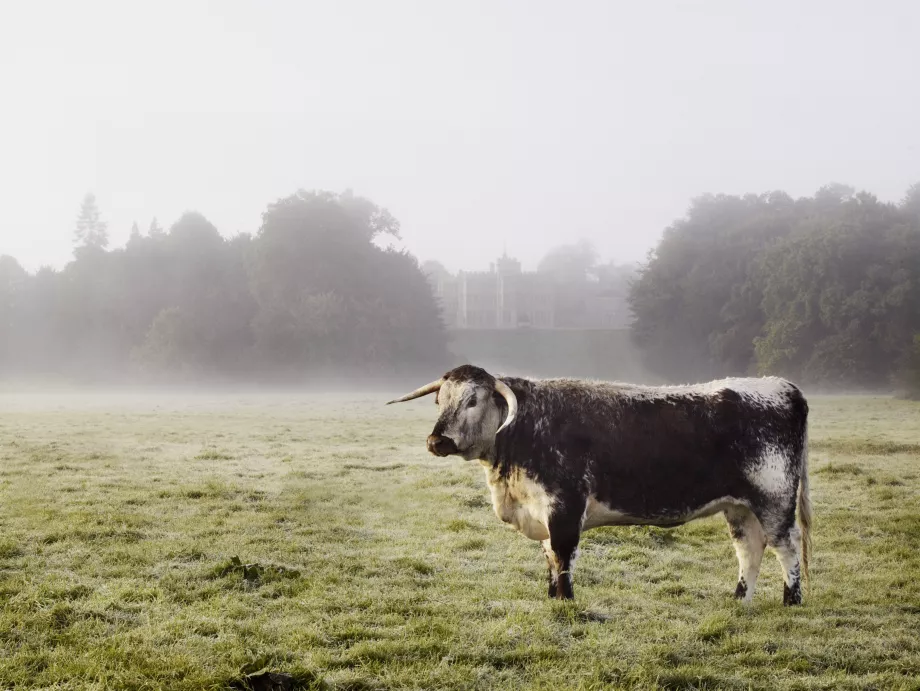
As the bison and cattle create corridors throughout the woodland, the ponies will follow them through, nibbling at the shorter vegetation. This will prevent the corridors from growing back over and continue to enable less competitive species to reach sunlight and flourish.
The ponies will target softer, herby vegetation like grasses, creating space for different species to grow through in grassy and scrubby areas.
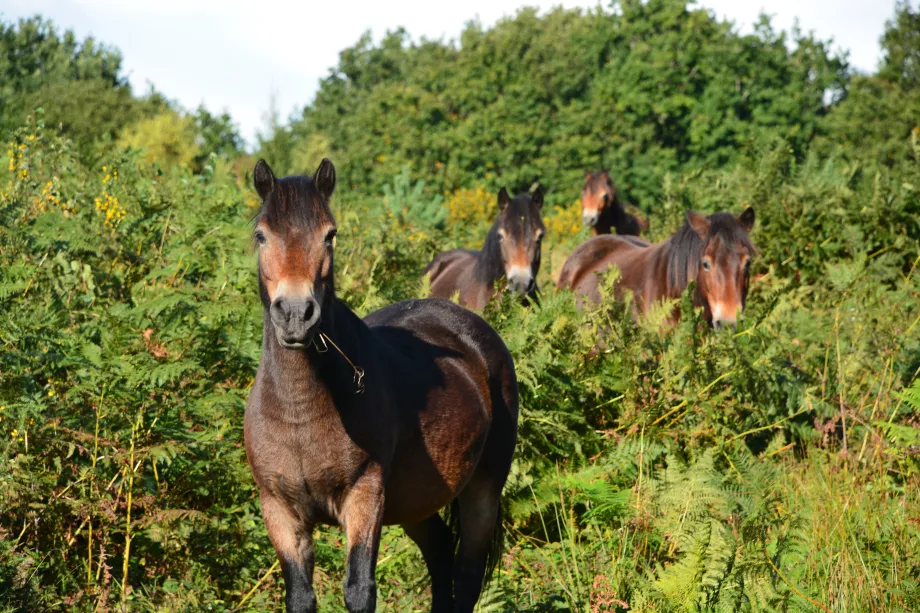
Credit: Kevin Caster
Pigs “rootle” around in the soil with their snouts, looking for roots and bulbs. This activity disturbs the soil, causing even long-dormant seeds to grow and prevents the spread of thick vegetation that can take over a landscape and block sunlight from reaching the forest floor.
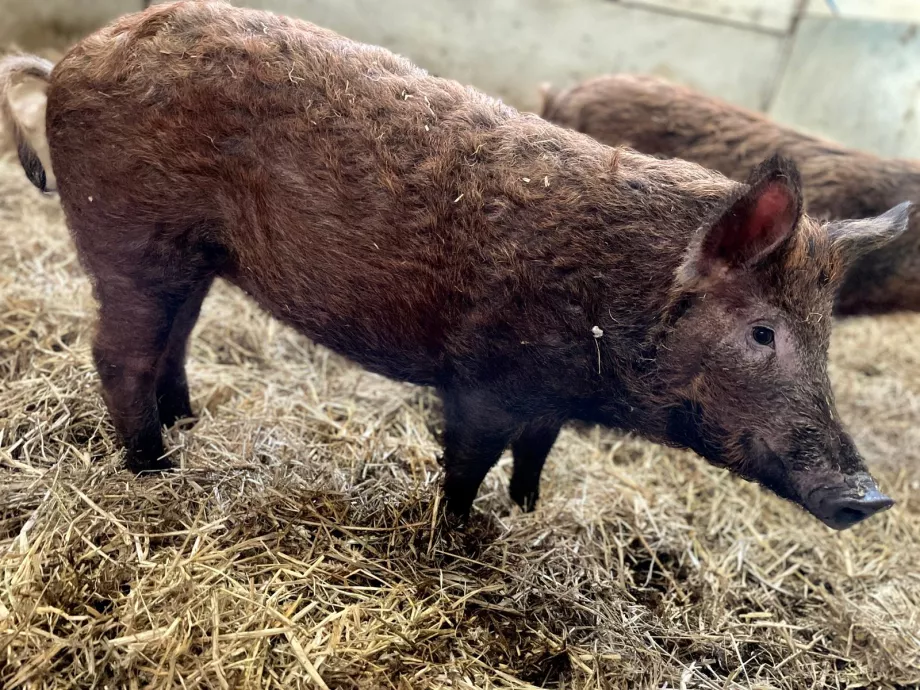
Credit: Alison Ruyter

The Blean Wildscape is our vision for an iconic landscape, where wilderness can be experienced, and nature is at the heart of healthy communities with a thriving green economy.
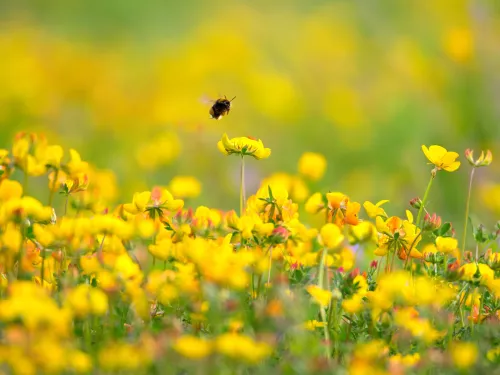
Support our project at West Blean and Thorndon Woods. We were the first organisation to introduce mega-herbivores to one of the largest ancient forests in Southern England.
Having these ecosystem engineers on site will create a biodiverse habitat which supports a wide variety of species. This will allow the woodland to be continuously regenerated and maintained by natural processes.
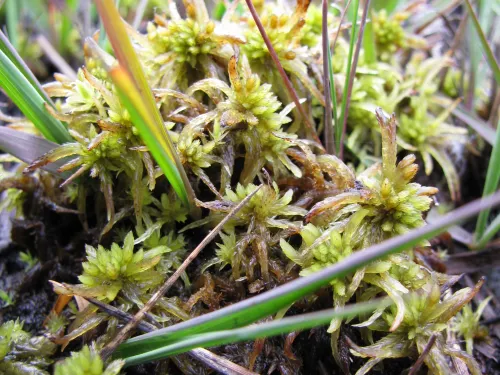
In our December instalment about Hothfield we focus on mosses and lichens on the reserve and how they stand out well in low winter light, ranging from dark velvet in the woods to almost neon feathery green in the bogs. Read on to find out more....
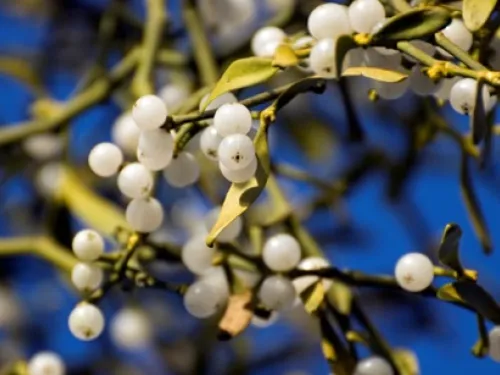
Did you know, mistletoe is a hemiparasitic plant - meaning they attach to their host using a structure called the haustorium. They're fascinating plants with a rich cultural history. Learn more in this blog.

This rare butterfly relies on wild woodlands - learn more & support its future.